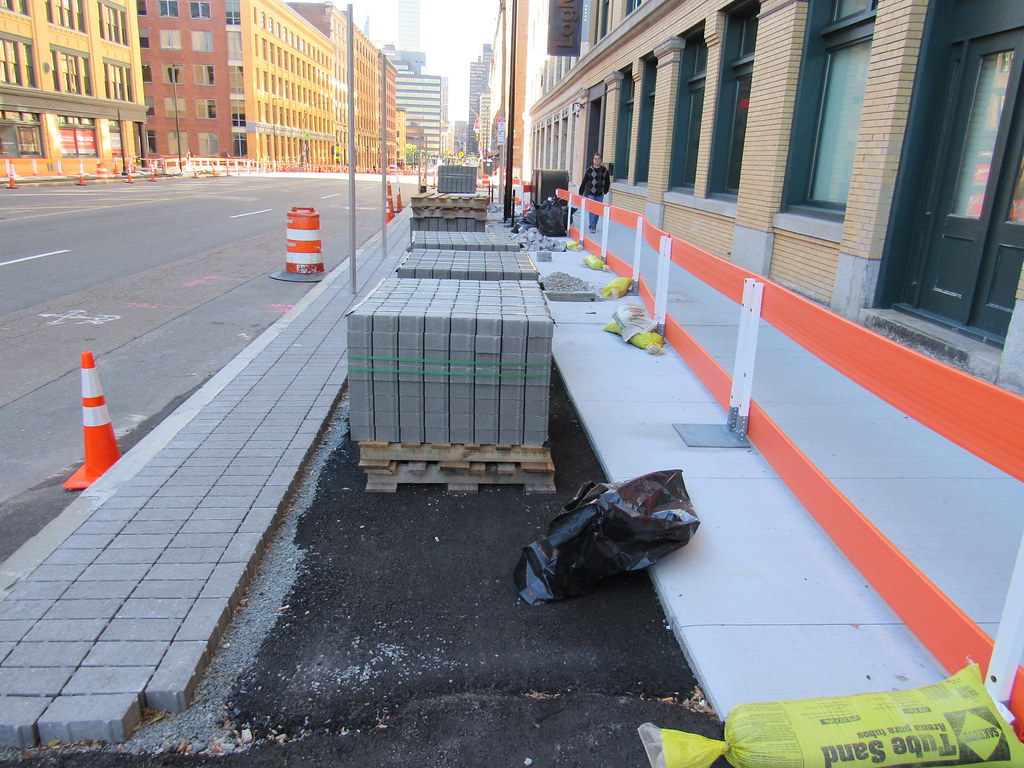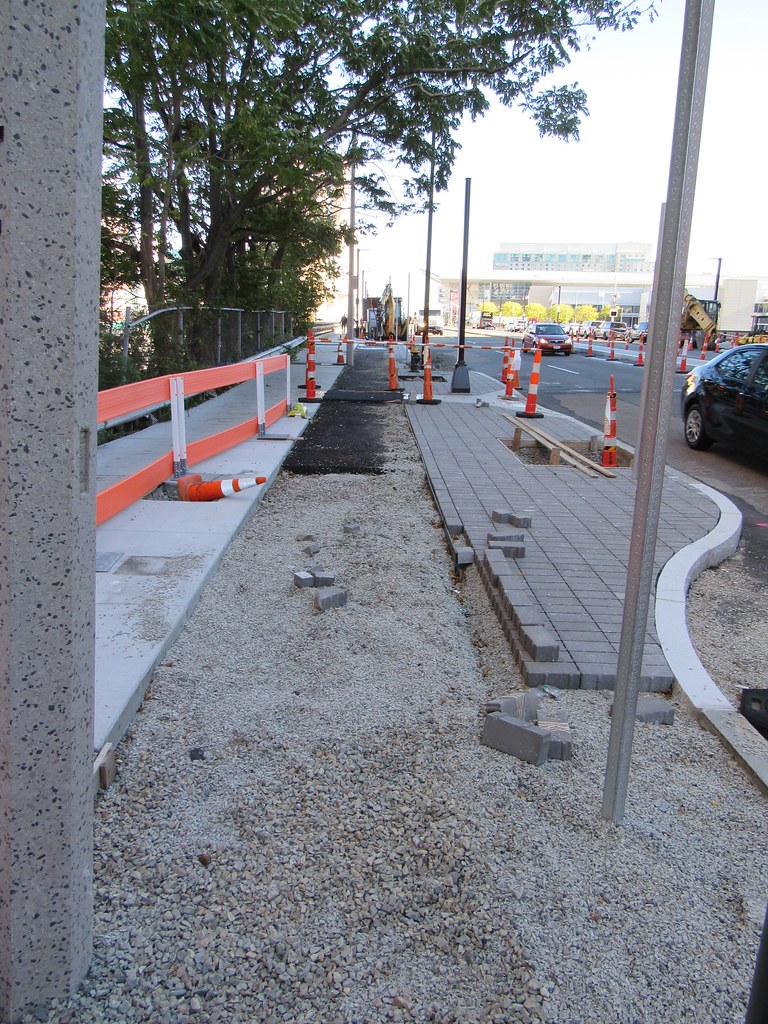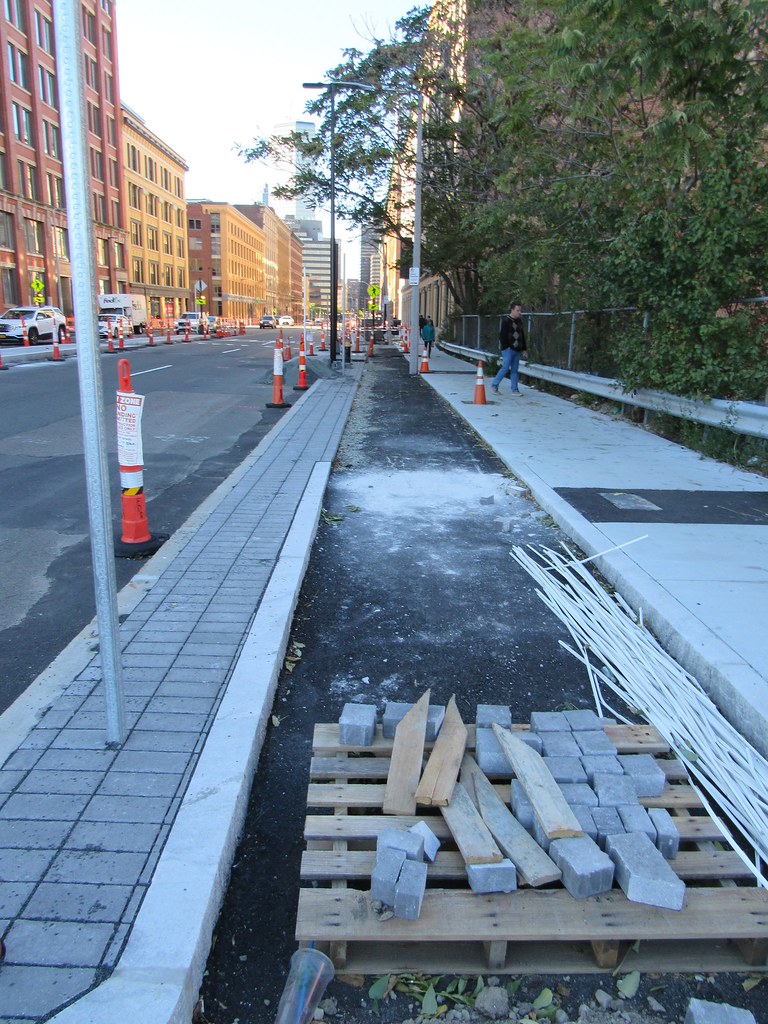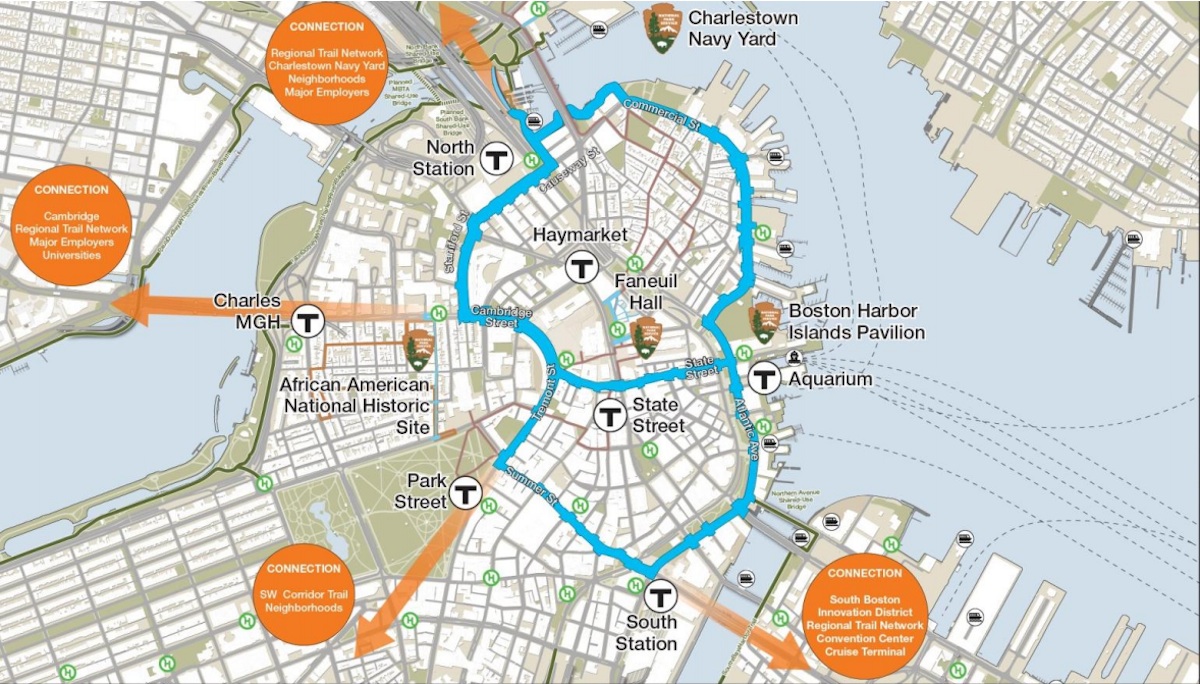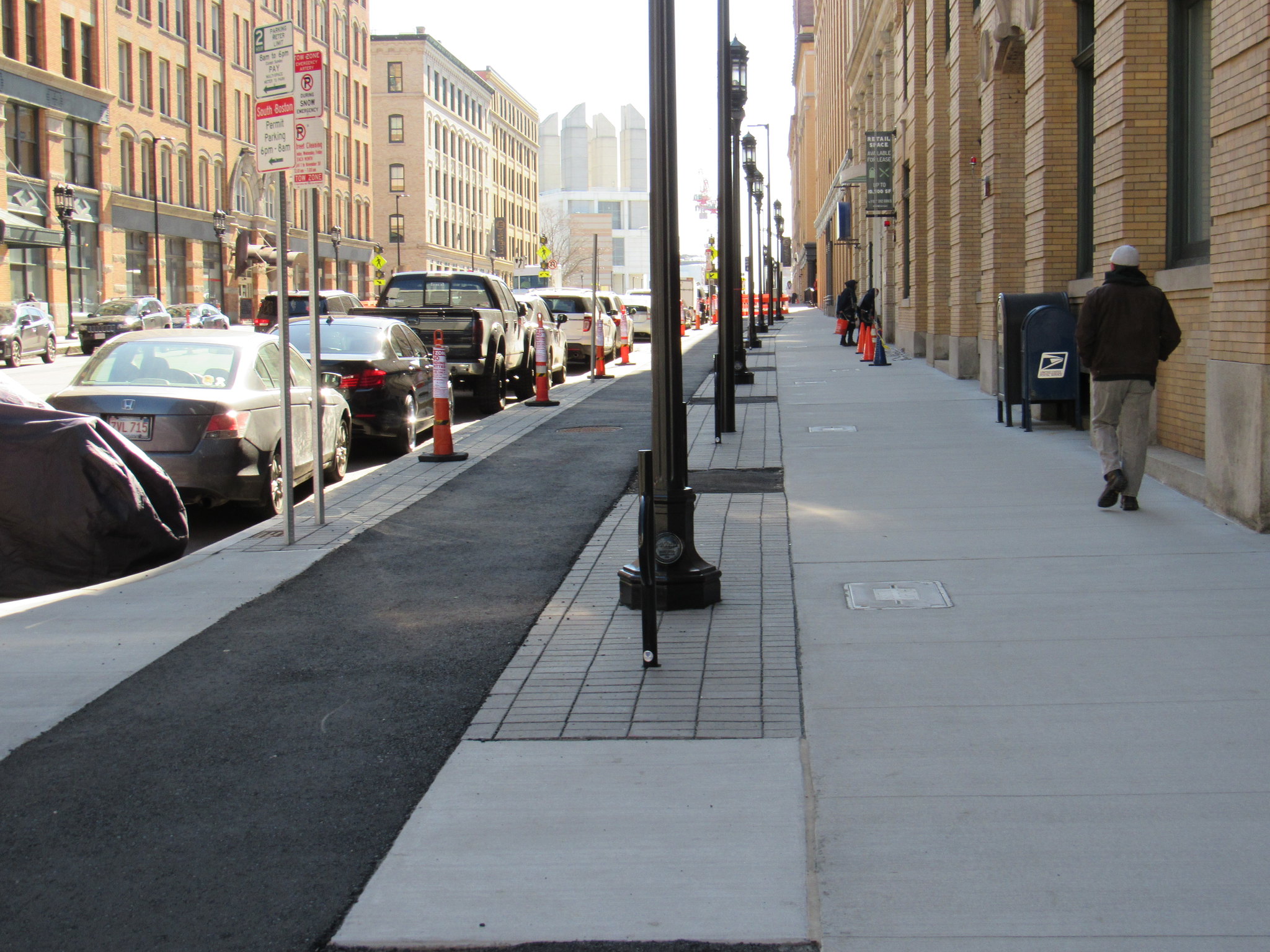odurandina
Senior Member
- Joined
- Dec 1, 2015
- Messages
- 5,328
- Reaction score
- 265
Does anyone have information about/rendering of the 20 story Berkeley Investments tower discussed earlier in this thread? Is this the proposed tower on the old Hook Lobster site or something else?
the project is called Seven Channel Center
200 units 255' ...i was at the unveiling a couple of years ago at BCDC.
http://www.thegollingerteam.com/7-channel-center-will-200-unit-apartment-building-fort-point/
haven't heard anything since.
Anyone know what's going on with this one?



